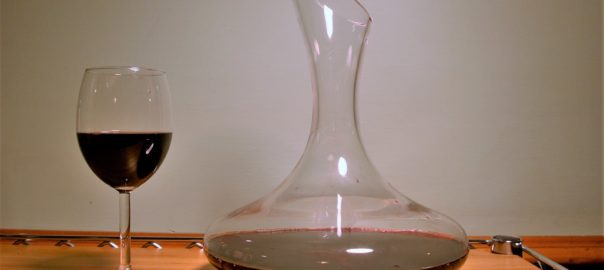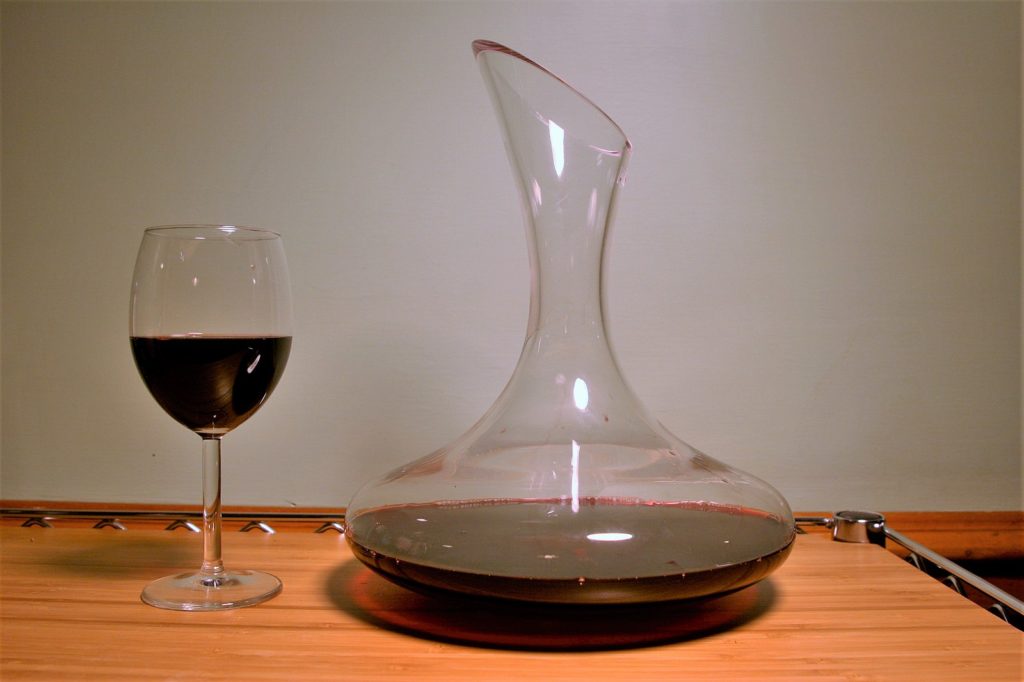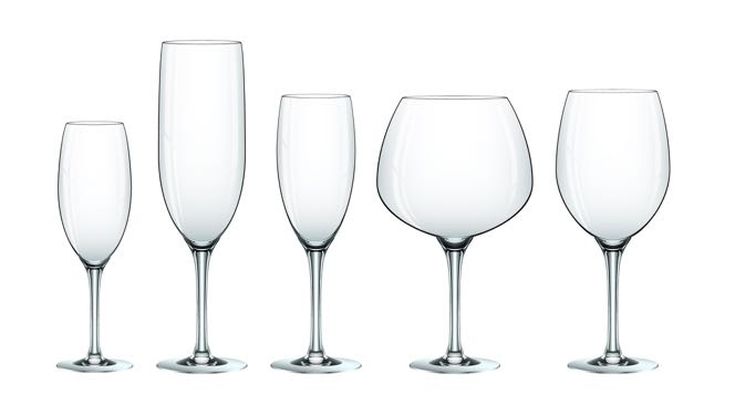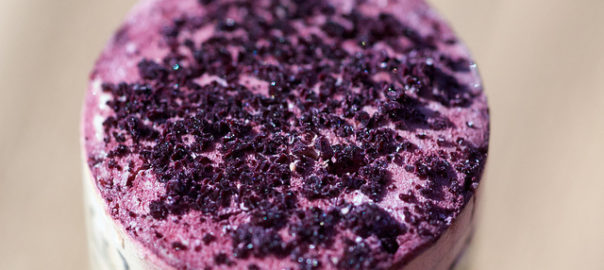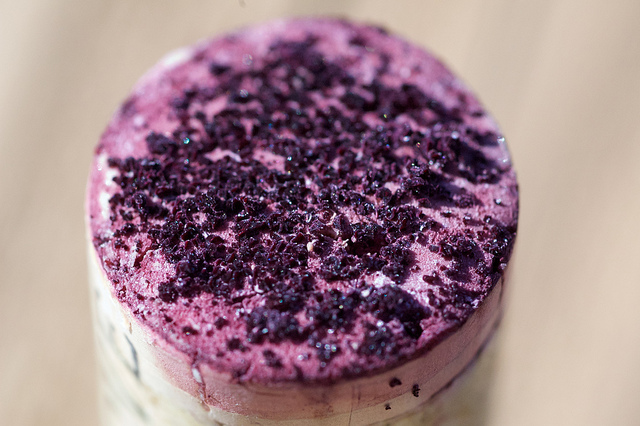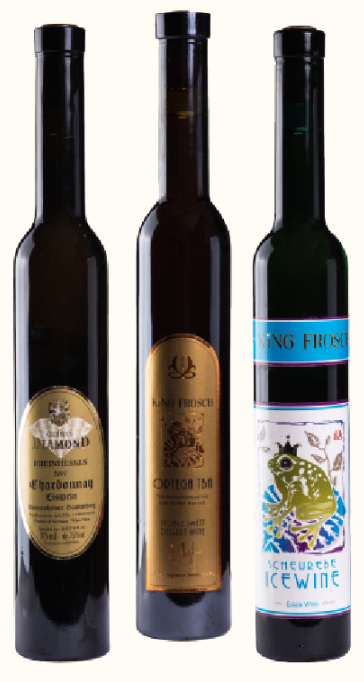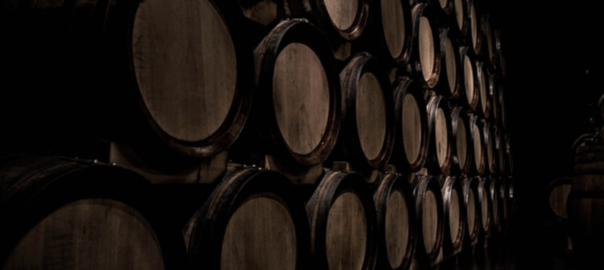Have you ever seen your waiter wipe the lip of a bottle of wine before pouring you a glass? This isn’t because it’s dirty, but is actually a tradition dating back to when lead – yes, lead – was used to seal the bottle over the cork.
The mining of lead dates back to at least 6500 BCE and was one of the first metals to be smelted and used. A dense and malleable material resistant to corrosion, it has been implemented throughout history for a variety of uses including cookware, cosmetics, and decorations. Its versatility was intriguing for winemakers, who reasoned its ability to form a tight seal was ideal for forming a capsule around the lip and cork of a bottle. As the years passed and technology improved, led foil was also developed as a means for creating an air-tight seal on the bottle and was a sign that the wine inside was of high quality.
Since then, our society has become privy to the potential and dangers of lead poisoning. In a 1991 lawsuit, it was ruled that advertisements must be made, demonstrating how to appropriately wipe down the bottle to remove as much residue as possible. This is because even after the removal of the led seal, small deposits on the lip of the bottle could mix with the wine during pouring and thus ingested by the drinker. Furthermore, the settlement called for winemakers using led in their bottling process to inform consumers of its presence, warning that prolonged exposure to the metal could have devastating effects.
Still, it wasn’t until early 1996 that tin-coated lead capsules were outlawed by the Food and Drug Administration. So, why do waiters still wipe the bottle even when we know that there isn’t any lead present? Simply put, tradition. Though the action today is needless, it is a gesture indicating prestige, quality, and respect for the patron.








